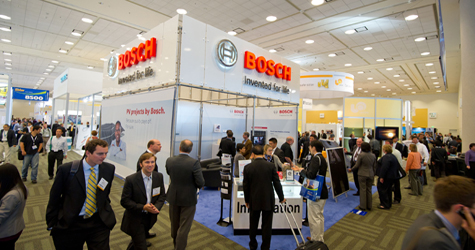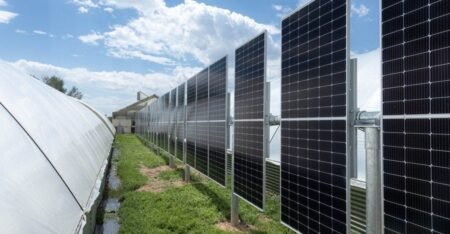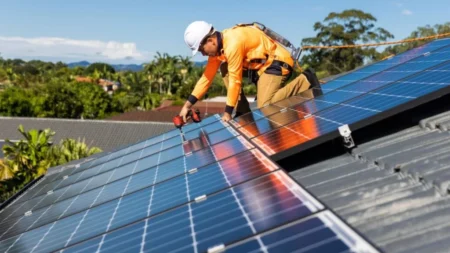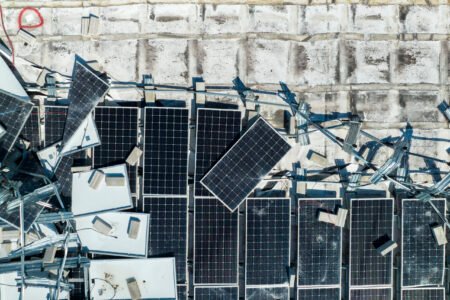The European Marine Energy Centre (EMEC) is to launch its guidelines for best practice in the marine energy industry, in a bid to stimulate the development of wave and tidal power systems
Set to be released at the British Wind Energy Association’s BWEA Wave and Tidal conference in Bath next week, the guidelines are designed to encourage a “high quality approach” to generating power at sea, Orkney-based EMEC said today.
The guidelines will cover all aspects of marine power installation, from measurement of the wave or tidal resource, to the design of devices, their deployment at sea and eventual decommissioning.
EMEC’s technical director, John Griffiths, said: “It’s been a huge task, with the guidelines and draft standards written by experts in their particular field. But we were able to call on the talents of 150 people from across the industry who provided enormous energy, enthusiasm and support at the workshops where this project was developed.”
“Our mission is to stimulate and encourage the development of technologies that can convert power from waves and tidal streams into a sustainable source of energy,” he added. “All industries – everything from agriculture to aviation – operate to a set of agreed standards and we saw it as vital that similar guidelines are in place for the new marine energy industry.”
Benchmarks
With 12 standards in total, EMEC has been posting the benchmarks periodically on its website as they are completed by its team of industry figures and expert authors (see this New Energy Focus story).
The aim was to agree draft standards and guidelines that are useful, relevant and authoritative and cover all aspects of the new and rapidly evolving marine energy industry.
Among the topics covered, the new guidelines will help developers assess the energy potential of a marine site and offer a blueprint in how to calculate the performance of wave and tidal energy machines.
Others give developers a way to assess the reliability and maintainability of their devices, and their ability to survive in harsh sea conditions.
“There are many challenges still to be overcome before we arrive at wave and tidal technologies that can generate electricity on a truly commercial scale,” said Mr Griffiths.”These guidelines provide a means to compare the capabilities of the many technologies currently under development, whether they are operating in Scottish waters or in a tide race off New Zealand.”
Written and developed under EMEC’s leadership, the standards are being published by BSI British Standards, the UK’s national standards organisation.
Mike Low, director of BSI British Standards, said: “We are pleased to be the official publisher of the EMEC guidelines. This new guidance from EMEC aligns with other publications developed by BSI. These include a new energy management standard, expected to be published this summer, that could help organisations improve energy efficiency and reduce their costs.”
“We’ve looked at everything a developer needs to consider when creating and using a marine energy device – and we’re encouraging everyone across the industry to follow the new guidelines. We believe they will help underpin the future development of wave and tidal technologies, so we were delighted to be given the opportunity to lead this important task,” he added.
The EMEC standards initiative was supported with funding worth around £400,000 from the Scottish Government and the Department for Business, Enterprise and Regulatory Reform (BERR).
Regional development agency, the Highlands and Islands Enterprise, said today that it is hoping some of the EMEC guidelines will develop into agreed standards for the marine energy industry, both in the UK and internationally.
Orkney-based EMEC was established with around £15 million of funding from the Scottish Government, Scottish Enterprise, Highlands and Islands Enterprise, the Carbon Trust, the Department for Business, Enterprise and Regulatory Reform, the European Union and Orkney Islands Council.
It is the first marine energy test centre of its kind in the world, with grid connected berths for both wave and tidal energy.









